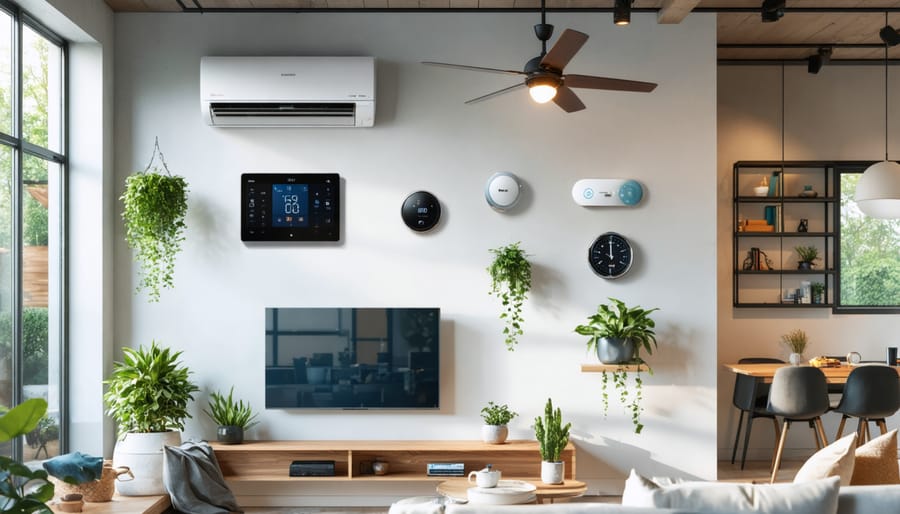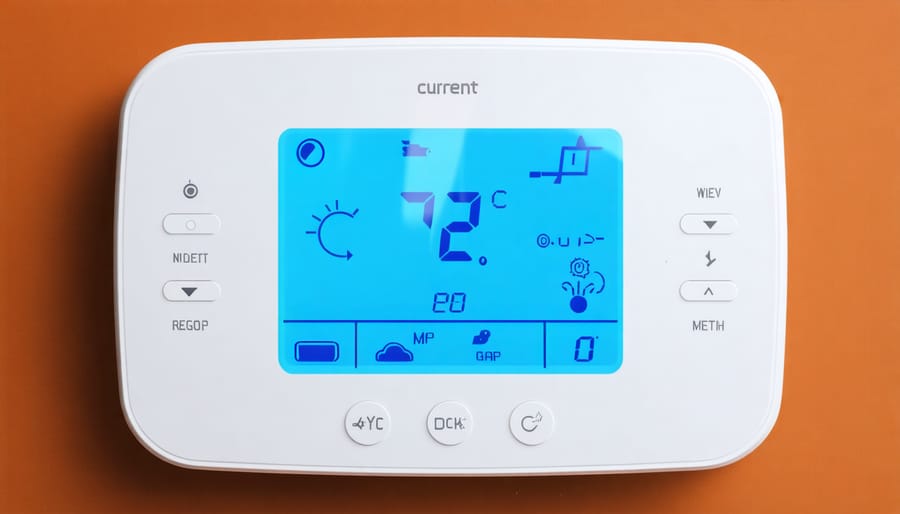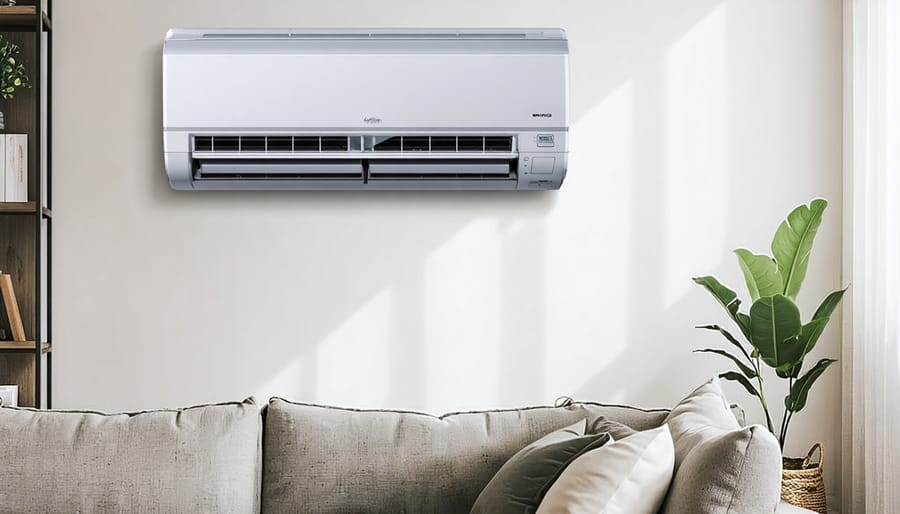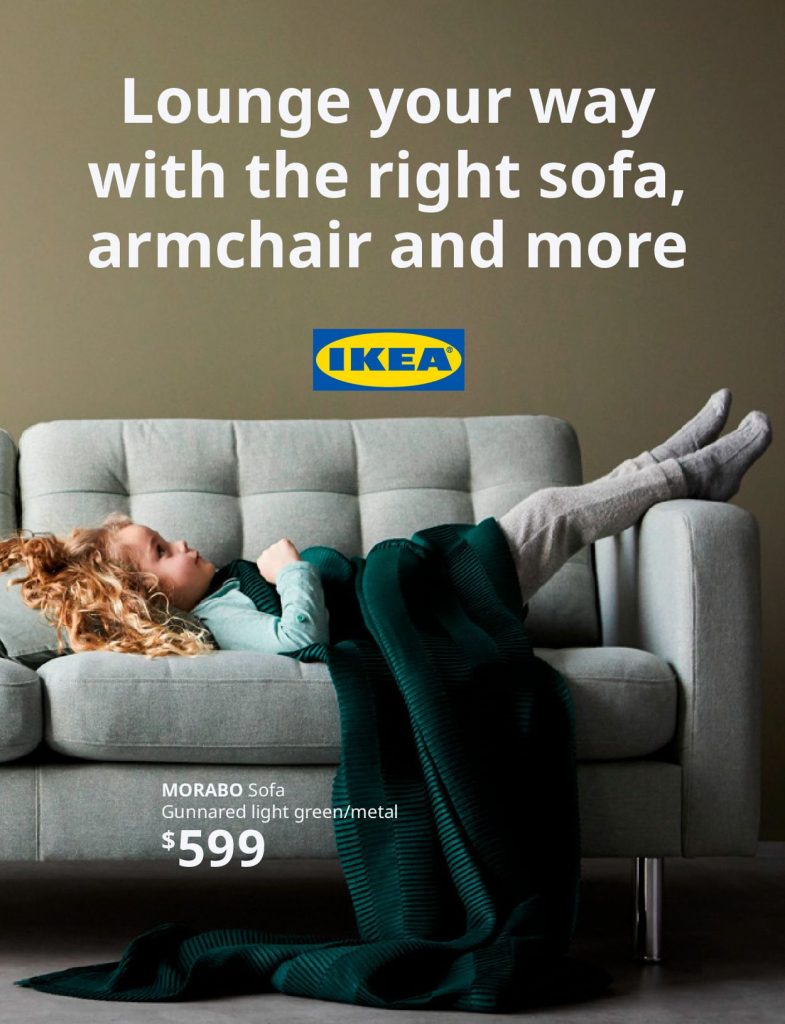
8 Interior Climate Solutions to Create Your Perfect Comfort Zone
Harness the power of smart home technology to create the ideal interior climate tailored to your unique needs and preferences. Strategically layer insulation, air sealing, and high-performance windows to establish an energy-efficient thermal envelope that minimizes heat transfer. Implement zoned temperature control with smart thermostats and ductless mini-splits for customized room-by-room comfort. Integrate humidity regulation through whole-home dehumidifiers, moisture-absorbing materials, and well-placed exhaust fans to maintain optimal relative humidity between 30-50%.
Smart Thermostats
How Smart Thermostats Work
Smart thermostats use a variety of sensors to monitor temperature, humidity, occupancy, and even your location via your smartphone. Advanced algorithms analyze this data to learn your preferences and routines over time. The thermostat then automatically adjusts your HVAC system to maintain optimal comfort while maximizing energy efficiency.
Many smart thermostats connect to your home’s Wi-Fi, enabling remote control through mobile apps and voice commands via smart speakers. This allows you to adjust settings, view energy reports, and receive maintenance alerts from anywhere. Some models even factor in local weather forecasts to make proactive adjustments.
Geofencing is another powerful feature that uses your phone’s location to automatically switch between home and away modes, ensuring you never waste energy heating or cooling an empty house. With their intelligent sensors, adaptive algorithms, and connected features, smart thermostats offer an effortless way to enhance comfort and savings in your home.

Choosing the Right Smart Thermostat
When choosing a smart thermostat, first consider compatibility with your HVAC system and home’s wiring. Look for features that suit your needs, such as remote access, learning capabilities, geofencing, and voice control. Some models offer advanced sensors for room-by-room temperature control and humidity monitoring. Energy usage reports can help optimize savings. Compare prices and read reviews, but don’t compromise on essential features. Opt for a reputable brand with good customer support. With careful consideration of your home’s unique requirements and your budget, you can select a smart thermostat that enhances comfort and efficiency.

Zoned HVAC Systems
Benefits of Zoned HVAC
Zoned HVAC systems offer several key benefits for homeowners and businesses looking to optimize comfort and efficiency. By allowing you to set different temperatures for individual zones or rooms, these systems enable personalized climate control tailored to the unique needs of each space. This not only enhances overall comfort but also leads to significant energy savings by avoiding the wasteful cooling or heating of unoccupied areas. Additionally, zoned systems reduce wear and tear on your HVAC equipment by running more efficiently and distributing the workload evenly, potentially extending the lifespan of your units and saving you money on repairs and replacements in the long run.
Retrofitting Zoning to Existing HVAC
Retrofitting zoning to an existing HVAC system can significantly improve comfort and efficiency. Dampers installed in ductwork allow you to control airflow to different areas or “zones.” Programmable thermostats for each zone provide customized temperature settings. Ductless mini-splits offer a flexible, less invasive option for adding zoning, with individual air handlers for each room. Consult with an HVAC professional to determine the best zoning solution for your home’s layout and existing system. With careful planning, retrofitting zoning can enhance your HVAC’s performance without requiring a complete system overhaul.
Ductless Mini-Split Systems
Advantages of Ductless Systems
Ductless systems offer a range of advantages for homeowners and businesses seeking efficient, targeted climate control. One of the most appealing aspects is their ease of installation. Unlike traditional HVAC systems that require extensive ductwork, ductless units can be installed with minimal disruption to your living space. The compact indoor and outdoor components are connected by a small conduit, allowing for strategic placement without major renovations.
Ductless systems are also known for their impressive energy efficiency. By eliminating the energy loss associated with ductwork, these systems can help reduce your utility bills and minimize your carbon footprint. Many models feature inverter technology, which allows the system to adjust its power usage based on the desired temperature, further optimizing energy consumption.
Another significant benefit of ductless systems is their ability to provide zoned heating and cooling. With individual air handlers in each room or area, you can customize the temperature settings to suit your preferences and occupancy. This targeted approach not only enhances comfort but also allows you to save energy by focusing on the spaces you use most.
Ideal Locations for Mini-Splits
Mini-splits are an ideal solution for targeting specific areas in your home that need extra climate control. These compact, ductless units are perfect for additions, attics, garages, or any room where your central HVAC system struggles to maintain consistent comfort. By installing a mini-split, you can maximize small spaces and create personalized temperature zones without the hassle of extending ductwork. Whether you’re converting an attic into a cozy bedroom or transforming a garage into a functional home office, mini-splits provide the focused heating and cooling you need to ensure year-round comfort in these unique spaces.

Radiant Heating
Types of Radiant Systems
There are three main types of radiant heating systems: hydronic, electric, and air-powered. Hydronic systems circulate hot water through pipes embedded in the floor, providing efficient, even heat distribution. Electric radiant systems use resistive cables or mats installed beneath the flooring, offering precise temperature control and easy installation. Air-powered radiant systems, while less common, use heated air circulated through channels under the floor. Each type has its advantages, such as hydronic systems’ compatibility with various energy sources, electric systems’ quick response times, and air-powered systems’ ability to double as cooling systems. The best choice depends on factors like climate, energy costs, and flooring type.
Pairing Radiant Heat with Other Systems
Radiant heat systems can be seamlessly integrated with other climate control solutions to create a comprehensive, energy-efficient interior environment. For example, pairing radiant floor heating with a forced-air system allows you to maintain a consistent, comfortable temperature throughout your space while reducing the workload on your furnace. Mini-split systems, which provide targeted heating and cooling to specific zones, can also work in harmony with radiant heat to optimize comfort and energy usage. By combining the even, gentle warmth of radiant heat with the quick temperature adjustments provided by forced-air or mini-split systems, you can achieve a versatile, responsive climate control solution that adapts to your changing needs and preferences.
Heat Recovery Ventilation
How HRV Systems Work
The heart of an HRV system is the heat exchanger core, which facilitates the transfer of heat between the outgoing stale air and incoming fresh air. As the two airstreams pass through the core, heat is transferred from the warmer air to the cooler air, without any mixing of the two. This process helps to maintain a comfortable indoor temperature while conserving energy. High-efficiency heat exchanger cores can recover up to 90% of the heat from the outgoing air, significantly reducing the load on your heating and cooling systems. By continuously exchanging air and recovering heat, HRV systems provide a steady supply of fresh, filtered air while minimizing energy loss.
Balancing HRV with Other Climate Systems
To optimize your home’s ventilation while maintaining energy efficiency, consider integrating heat recovery ventilation (HRV) with your existing HVAC system. HRV systems draw in fresh air from outside, filter it, and preheat or precool it using the outgoing air’s energy before distributing it throughout your home. This process minimizes energy loss while ensuring a steady supply of fresh air. When setting up your HRV, adjust the ventilation rate based on your home’s size, occupancy, and activities to avoid over-ventilation and energy waste. Regularly maintain your HRV filters and core to ensure peak performance and air quality.
Humidity Control Solutions
Ideal Indoor Humidity Levels
Maintaining indoor relative humidity levels between 30% and 50% is essential for comfort and preventing issues like mold growth and dust mite infestations. This “Goldilocks zone” strikes the perfect balance – not too dry, not too humid. When humidity drops below 30%, you may experience dry skin, irritated sinuses, and static electricity. Conversely, humidity above 50% can make your home feel stuffy and create an ideal environment for mold, mildew, and dust mites to thrive. Investing in a reliable hygrometer to monitor humidity and using a humidifier or dehumidifier as needed can help you maintain optimal humidity levels year-round for a healthier, more comfortable living space.
Selecting Humidity Control Equipment
When selecting humidity control equipment, it’s important to consider the size of your space and your specific needs. For whole-home solutions, consult with a professional to ensure proper sizing and installation. They can assess your home’s square footage, insulation, and other factors to recommend the right unit.
For smaller spaces or targeted humidity control, portable dehumidifiers are a great option. Look for models with adjustable humidity settings, automatic shut-off, and easy-to-empty water tanks. The Acme Dehumidifier Pro consistently ranks as a top choice for its quiet operation and energy efficiency. If you need humidity added to your space, consider the Acme Humidifier Plus, which features a large water reservoir and built-in humidistat for precise control. With the right equipment and proper sizing, you can maintain optimal humidity levels for enhanced comfort and healthier indoor air.
Supplemental Climate Solutions
Ceiling Fans for Improved Circulation
Ceiling fans offer an energy-efficient way to enhance comfort year-round. In summer, the spinning blades create a wind chill effect, evaporating sweat and making you feel cooler without actually changing the room’s temperature. This allows you to raise the thermostat a few degrees, saving on cooling costs. In winter, reverse the fan’s direction to gently push warm air that rises to the ceiling back down into the living space. This improved circulation helps distribute heat evenly, reducing the burden on your heating system. With sleek designs and easy installation, ceiling fans provide a practical, stylish solution for better air circulation and temperature regulation in any room.
Window and Door Optimization
Optimizing windows and doors is crucial for maintaining a comfortable interior climate. Cellular shades provide excellent insulation, trapping air in honeycomb-shaped pockets to reduce heat transfer. For added energy efficiency, consider installing exterior shading devices like awnings or shutters to block sunlight before it enters your home. Weatherizing windows and doors by sealing gaps, cracks, and leaks with caulk or weatherstripping can significantly minimize drafts and improve thermal performance. By implementing these solutions, you can create a more stable and pleasant indoor environment while potentially lowering your energy bills.
Conclusion
By optimizing your interior climate, you can create a comfortable, healthy, and energy-efficient living space that enhances your quality of life. From smart thermostats that learn your preferences to humidity control systems that prevent mold growth, there are numerous solutions available to help you achieve the perfect indoor environment. Whether you’re a homeowner looking to improve your family’s well-being, a DIY enthusiast eager to tackle a new project, or a designer seeking to create inviting spaces for clients, designing a personalized climate control plan is a worthwhile investment. Take the time to assess your unique needs, budget, and lifestyle, and explore the various options available to find the best combination of solutions for your space. With a well-designed interior climate, you’ll enjoy a more comfortable, productive, and inviting home or workplace for years to come.
